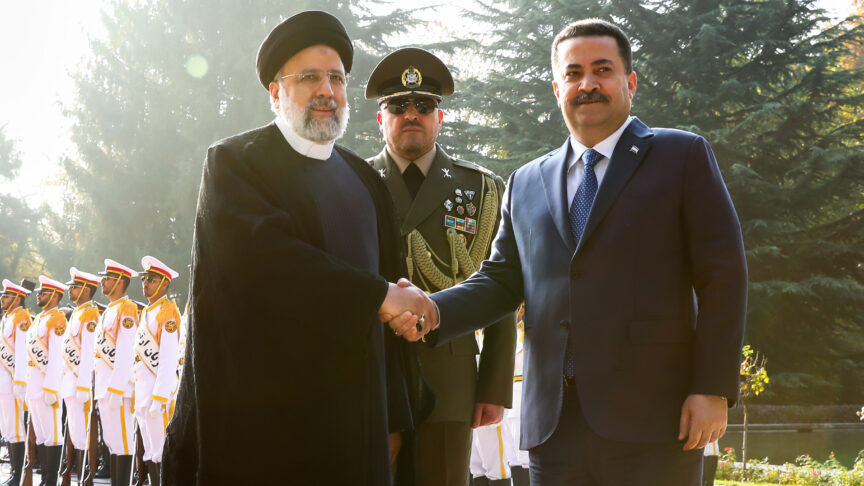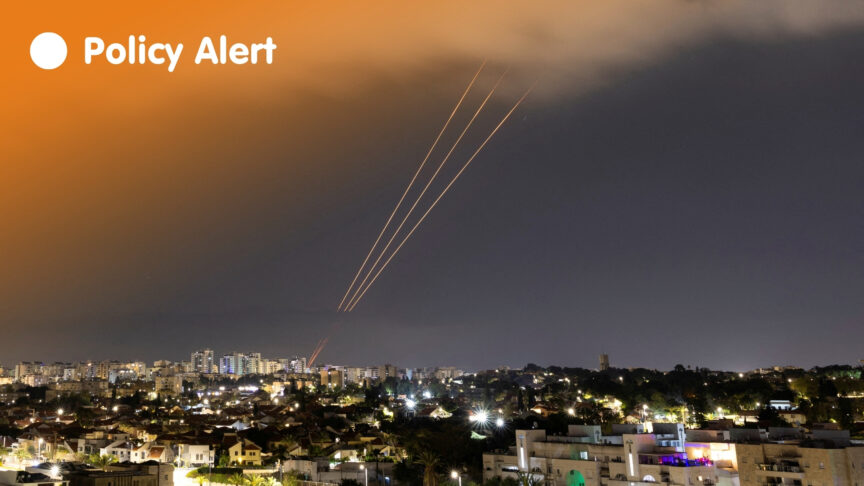Children and civilian casualties in Gaza and Syria
The casualty figures in Gaza are as grim as you think.
With the latest Gaza conflict now over, the total death toll after 50 days of fighting stands at 2,104 Palestinians, 69 Israelis and 1 Thai national, clearly, a dramatic tally. Yet some have criticised what they see as a disproportionate international focus on Gaza given the scale of suffering witnessed in Syria over the last three years. The conflict in Syria has claimed 191,369 lives (these numbers, the most reliable we have, only cover the period between March 2011 and April 2014), with an average of 165 killed each day (compared to 44/day in Gaza). It may have been this contrast in scale that led Israeli Housing Minister Uri Ariel to say that President Obama should leave Israel alone and “go focus on Syria”. Ariel was not alone in voicing such sentiments.
Yet as the infographic that ECFR put together demonstrates, international preoccupation with the situation in Gaza seems to have been entirely justified. In fact, the analysis of casualty rates in both Gaza and Syria makes for uncomfortable viewing for the spokespeople of Israel’s Operation Protective Edge.
Gaza’s population is 1/12 the size of Syria’s, which in relative terms would equate to 25,248 Syrians having been killed during the last two months. Put that in UK terms and the figure – about 75,000 killed over 50 days – and the picture really hits home. Moreover, while overall numbers of combatant are disputed in both conflicts, data suggests that 70 percent of fatalities were civilians in Gaza (compared to 6 percent of Israeli deaths and approximately 33 percent in Syria).
Just as startlingly, the current rate of casualties amongst minors (those under 18 years of age*) in Gaza far exceeds those in Syria. According to a comparative analysis of data provided by the UN, on average 7.6 Syrian children have been killed per day in Syria versus 9.9 Palestinian children per day in Gaza. This contrasts with one Israeli child killed by Palestinian fire during the conflict.
Such a relatively high death toll amongst children in Gaza can in part be explained by the Strip’s demographics. Those between 0-14 years of age account for a greater share of Gaza’s population (around 44 percent) compared to Syria where this age bracket makes up 34 percent of the population. Another factor has likely been the ability of families to flee violence. While the rates for displaced people (IDPs) in Gaza and Syria are broadly similar, 27 percent and 28 percent respectively, the higher population density of the Gaza Strip and the closure of its borders meant that Palestinians were less able to distance themselves from Israeli strikes.
To be sure, this is not about comparing which nation has suffered the most, and calling attention to the situation in Gaza should not distract us from the tragedy in Syria, which is after all, on-going. But based on the data above, it would seem that continued international concern with the plight of Gaza’s civilians is warranted.
* [Editor's Note] In some of the UN data for child deaths in Gaza, it is unclear if they are using 0-18 or 0-14. The definition of “children” for Syria tallies as under 18.
The European Council on Foreign Relations does not take collective positions. ECFR publications only represent the views of their individual authors.

.jpg)

